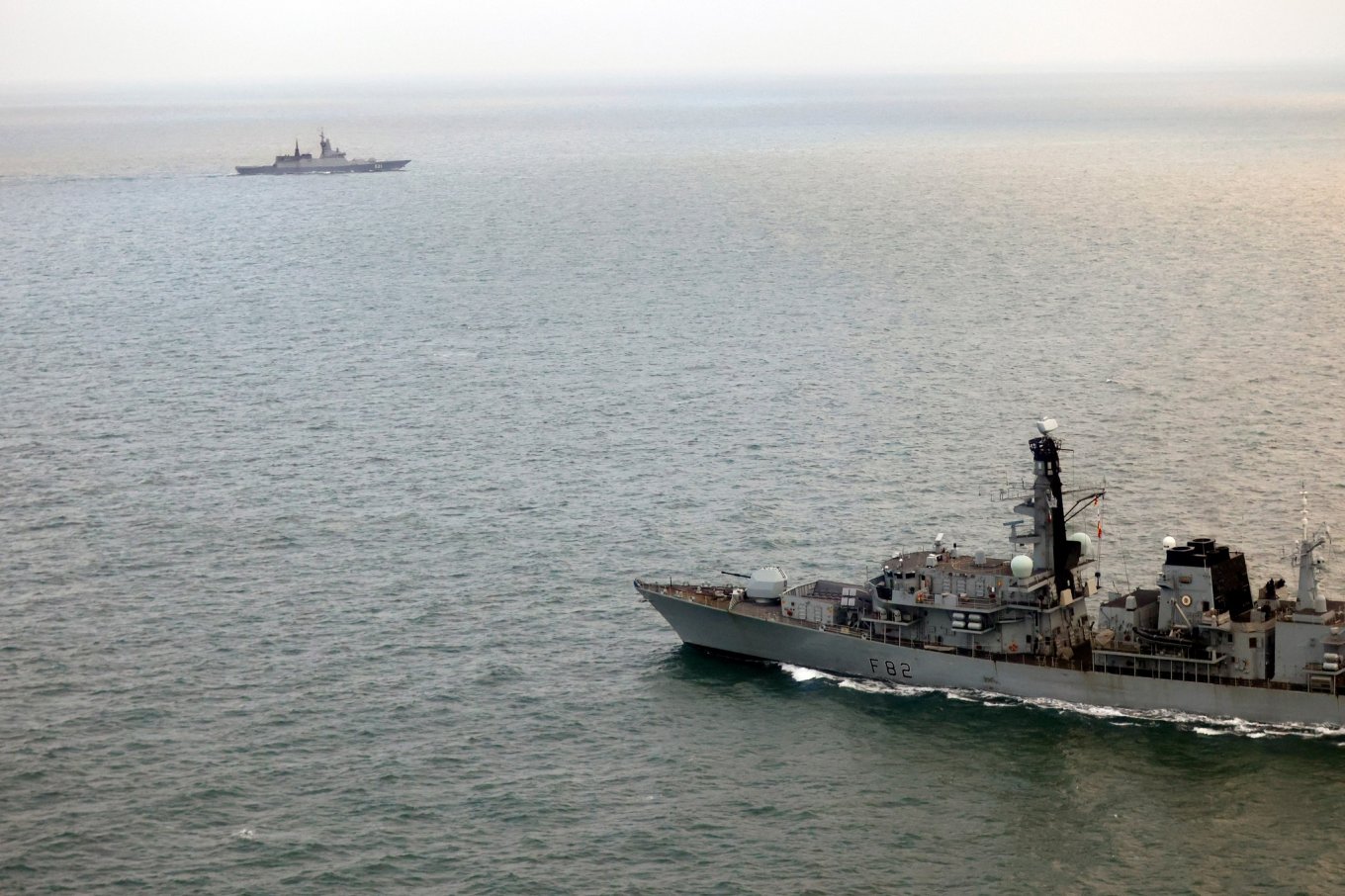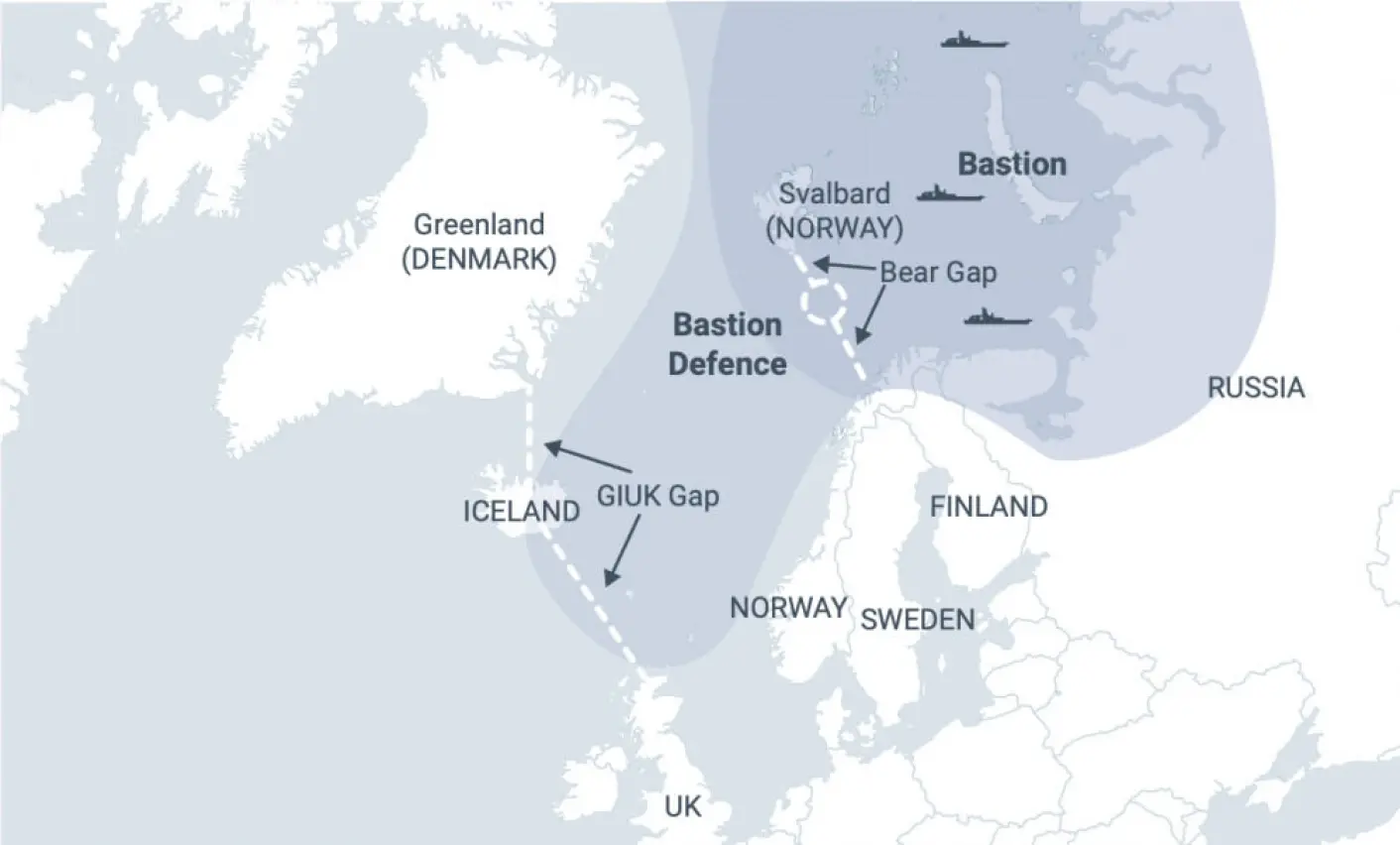Despite the fact that, according to the UK, their country is currently quite vulnerable to Russian attacks with long-range weapons, the best strategy should be to shift the current line of defense closer to the borders of the Russian Federation.
The fact is that the total number of missiles that the Northern Fleet of the Russian Federation can launch is currently estimated at 800 missiles on 26 submarines and 11 main surface ships. And instead of shooting down the “arrows”, it is better to immediately focus on how to kill the “archers”, and for this it is necessary to move the line of defense.

This is the decision described and argued by the British security think tank Council on Geostrategy. At the same time, at first glance, it is somewhat paradoxical, because how is it possible to move something if there are limited resources. Because in the end, the British Navy is now 2 aircraft carriers, 4 strategic and 5 universal submarines, 6 destroyers and 8 frigates, and 9 P-8 Poseidon from anti-submarine aircraft.
But in fact, Report it is noted that it is necessary to move the zone of control closer to the Russian Federation, which will lead the Kremlin to redistribute resources from offensive operations to defensive ones. Currently, the line of anti-submarine defense, namely Russian submarines, are the main threat, because they carry 720 missiles out of 800, runs along the Greenland-Iceland-Great Britain (GIUK) line, which was more about the security of the United States and navigation in the Atlantic.
In Soviet terminology, the GIUK passage is known as the Faroe-Icelandic border. It appeared during World War II and became the main line of NATO’s anti-submarine defense in the Atlantic Ocean during the Cold War. But it is now proposed to draw the main line of defense on the Svalbard-Tromsø line, which is also known as the “Bear Line” because of the name of the island in the middle of this line.

By the way, this is not the first time such a proposal has been heard in the Western analytical community. In particular, another security institute, RAND, touched on it in 2020, also arguing that such a strategy is much more effective. And, of course, to implement it not alone, but together with partners. It should be noted that on the map it is also possible to notice what NATO calls the “Bastion” – the deployment zone of the Northern Fleet of the Russian Federation with maximum defense capabilities.
Of course, this should not be the only means of countering the Russian Federation. Because the UK, one way or another, needs to increase its anti-submarine capabilities to increase the number of Type 23 and Type 31 frigates beyond 8 and 5 planned. Increase the number of air defense systems, fighters, as well as E-7 Wedgetail AWACS aircraft, pay attention to the need for anti-aircraft artillery, concentrate on increasing the number of missile stocks, etc.
Recall that the Arctic itself and practical areas have long been considered key zones of future confrontation. At the same time, for these tasks, Canada recently ordered two icebreakers for its coastal defense for almost $4 billion as part of the “Our North” program.

